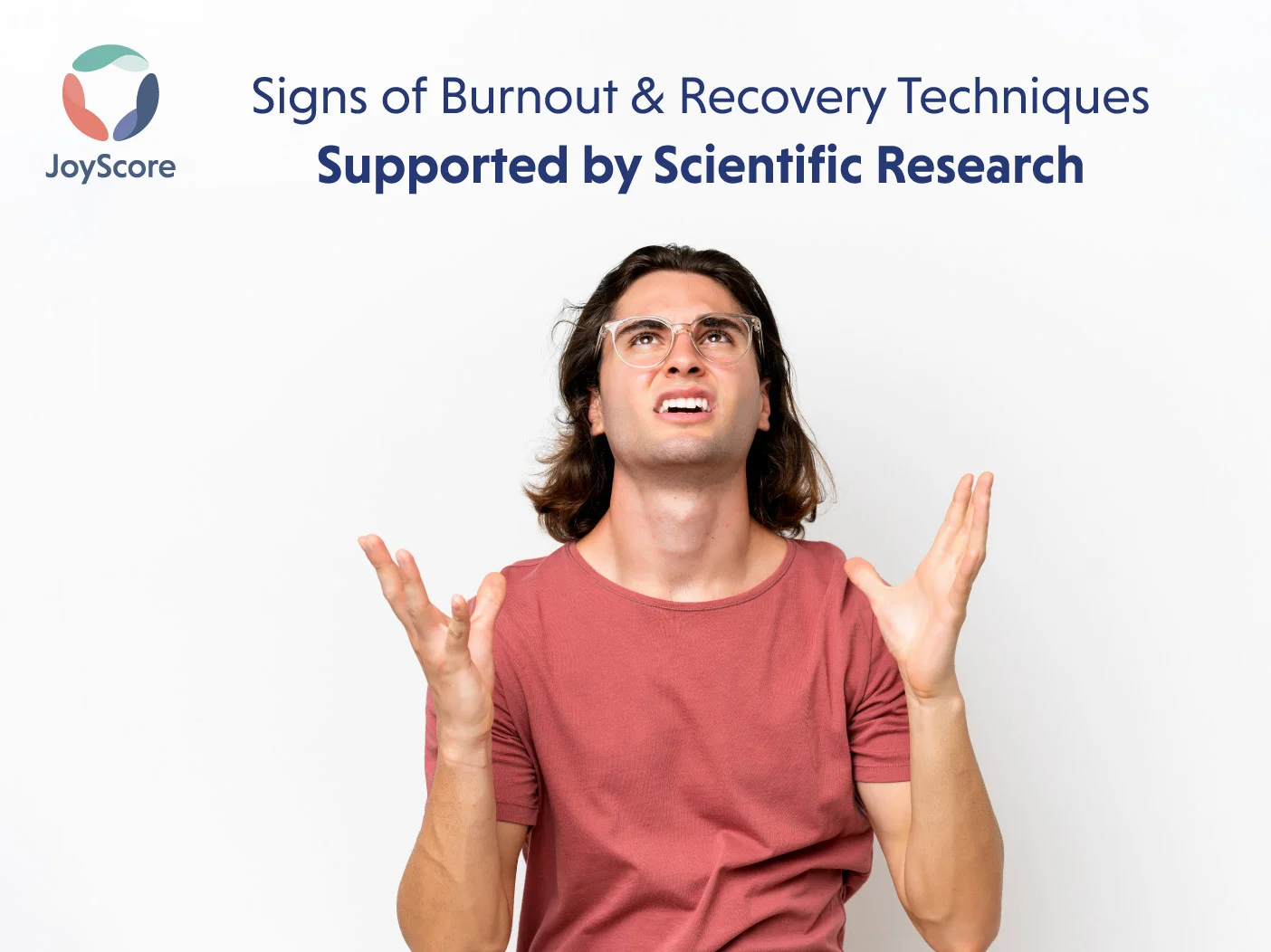One can never pinpoint the exact moment they started to be constantly busy, or when one went from being a free spirit to being shackled by the work life. However, our body pays the ultimate price due to our choices of taking up more and more work for longer hours and taking up on even more stress and resulting in compromising our mental and physical well-being.
Burnout is the aftermath of our chaotic lifestyles.
What is burnout?
Defined as a state of physical, emotional, and mental exhaustion caused by prolonged work-related stress, burnout can have a profound impact on our overall well-being and productivity. It is a feeling of being overwhelmed, drained, and devoid of motivation, leaving individuals feeling disenchanted and disconnected from their work and personal lives. With the rise of remote work and the constant pressure to do more with less, burnout has become a serious concern in many industries.
In this blog, we will delve deeper into the causes, effects, and strategies to prevent and overcome burnout, helping you regain control and find a healthy work-life balance. So, let’s explore the world of burnout and discover how we can thrive in an increasingly demanding world.
Symptoms of burnout

Burnout is a condition of persistent physical and emotional weariness brought on by long-term stress, which is frequently connected to one’s work or personal life. Understanding the symptoms of burnout is essential to take prompt action to stop the situation from getting worse and to advance general well-being. Here are some typical burnout warning signals to look out for:
1. Tiredness and exhaustion: Constant physical and emotional exhaustion is one of the main symptoms of burnout. People who are burnt out could find it difficult to muster the energy to carry out their daily tasks even after getting a full night’s sleep.
2. Reduced Motivation: Burnout can cause a discernible loss of drive and excitement for tasks at work or other once-fun pursuits. Some people might struggle to start projects or lack the motivation to finish them.
3. Increased mood swings: Burnout can make people more prone to being angry, upset, or irritable over trivial things that previously wouldn’t have troubled them basically leading to a number of mental health issues
4. Cognitive Difficulties: Burnout can make it difficult to concentrate, remember things, or make decisions. People could struggle to concentrate on tasks and form straightforward judgments.
5. Physical Warning Signs: Chronic stress brought on by burnout can cause bodily aches and pains like headaches, nausea, and strained muscles.
6. Less productivity: Burnout can result in decreased productivity and effectiveness at work, which can cause tardiness, subpar performance, or a drop in your level of work.
7. Withdrawal from Social Interactions: People who are experiencing burnout may begin to avoid social situations and interactions with friends, family, or coworkers.
8. Emotional tiredness: Burnout is frequently accompanied by feelings of emotional tiredness due to work-related stress. People may experience emotional exhaustion, overwhelm, and an inability to handle the demands of their obligations.
9. Increased Absenteeism: Due to physical or mental health problems, burnout may lead people to take more sick days or request time off from work.
10. Lack of Fulfilment and Achievement: People who are burnt out may no longer feel a feeling of satisfaction or accomplishment from their accomplishments, which can cause them to lose their sense of purpose and direction.
Evidence-Based Burnout Relaxation Techniques
- Emphasis on Daily Coping Strategies: The need for daily recovery actions for managing burnout has been repeatedly demonstrated by scientific studies. Incorporating everyday recovery practices is essential for maintaining well-being and avoiding burnout rather than waiting for weekends or holidays.
- Disconnect from Work: It’s important to stop thinking about and doing work after the workday is over. Close your laptop at the end of the workday to establish a distinction between business and personal life. This lessens stress and keeps thoughts about work from interfering with personal time.
- Use Effective Coping Techniques: Don’t only try to adjust your sentiments regarding stressful situations; use coping techniques that deal with them head-on. Emotion-based coping techniques aim to manage emotions, while problem-based coping strategies concentrate on solving the current problem. Avoidance tactics, such as disregarding issues, are ineffective in managing burnout.
- Use Rewarding Techniques: Employees that use rewarding techniques to deal with stressful work situations are better able to handle the environment at work. Using technology to organize chores, soliciting assistance from others, and learning new skills to increase productivity are all examples of relaxation tactics.
- Promoting healthy lifestyle choices is crucial for preventing burnout. The general state of well-being and stress resistance can be enhanced by following a balanced diet, exercising frequently, and getting enough sleep.
- Self-care Mindfulness Exercises: It has been discovered that mindfulness-based therapies, such as mindfulness meditation and mindfulness-based stress reduction (MBSR), are successful in lowering the symptoms of burnout. These techniques support improved self-regulation and emotional well-being by assisting people in being more conscious of their thoughts and feelings.

- Cognitive-behavioral Therapy (CBT): CBT is a therapy strategy that aids in the identification and refutation of unhelpful thought patterns as well as the development of more effective coping mechanisms. It has demonstrated positive outcomes in terms of lowering burnout and improving general psychological well-being.
In conclusion, burnout is a negative effect of our fast-paced and demanding lifestyles that results from extended work-related stress and causes physical, emotional, and mental tiredness. The effects of burnout can be felt strongly on a person’s health and productivity, including persistent fatigue, decreased motivation, and cognitive challenges. However, scientific research has given us evidence-based relaxation strategies to effectively reduce burnout and support employee well-being.
Burnout management requires daily recovery efforts, disengagement from work, and the application of efficient coping mechanisms. Burnout can be avoided and overcome by relying on rewarding strategies and encouraging good lifestyle choices, such as mindfulness exercises and cognitive-behavioural therapy.



